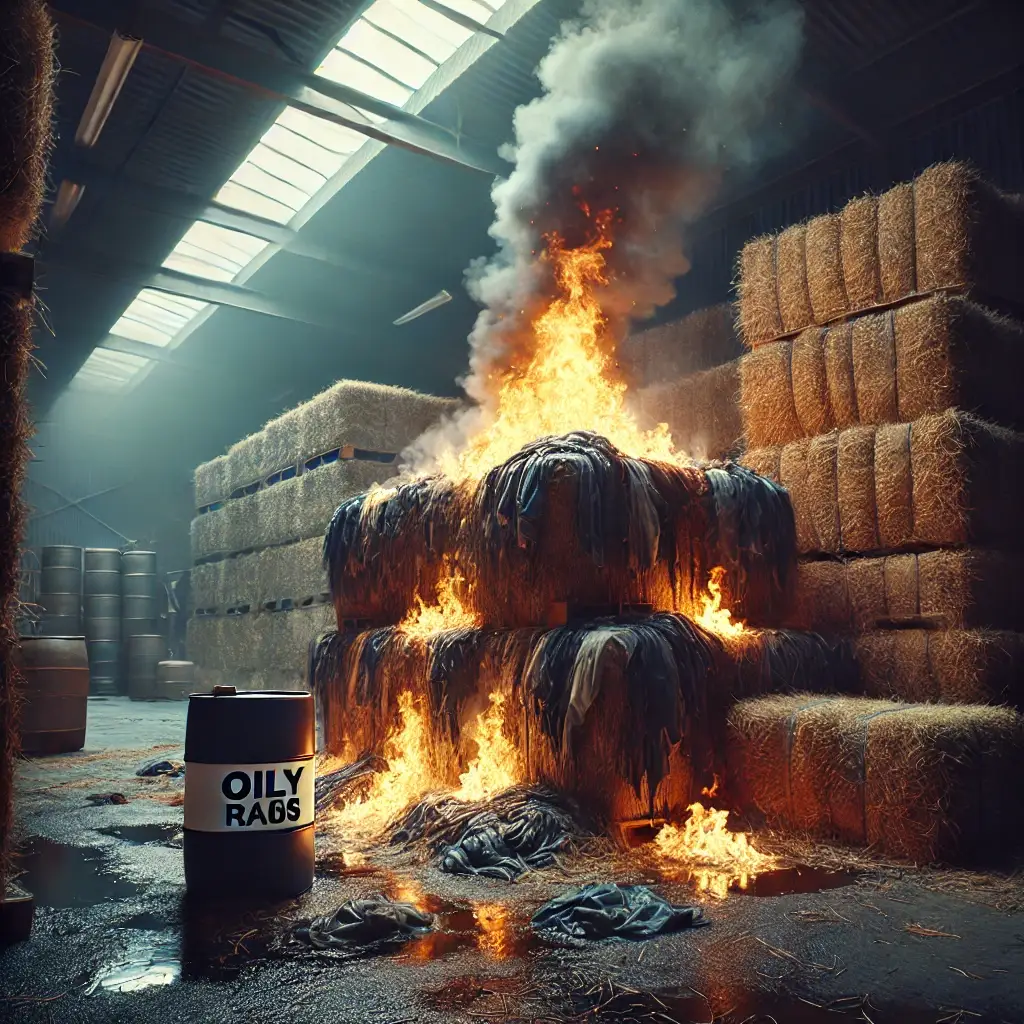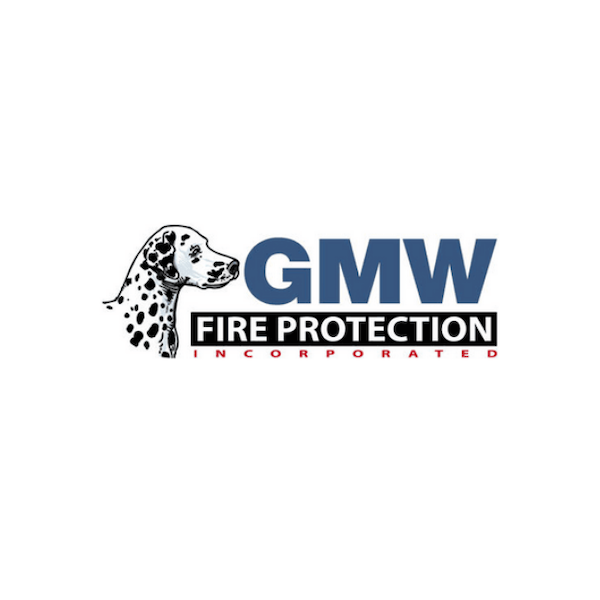Workplace fires can cause devastating consequences, leading to injuries, loss of life, property damage, and business disruption. Understanding the common causes of these fires and taking proactive steps to prevent them is crucial for ensuring a safe working environment.

1. Electrical Malfunctions
Faulty wiring, overloaded circuits, and damaged electrical equipment are major culprits behind workplace fires. To mitigate this risk:
- Have a qualified electrician regularly inspect and maintain your electrical systems.
- Avoid overloading circuits by plugging too many devices into a single outlet.
- Replace damaged or frayed cords and equipment promptly.
To further enhance your fire safety strategy, consider the role of wet pipe sprinkler systems. These systems provide immediate fire suppression, ensuring your workplace is protected. Learn more in our detailed guide: The Complete Guide to Wet Pipe Sprinkler Systems.

2. Combustible Dust
Industries like woodworking, metalworking, and food processing generate combustible dust, which can ignite and cause explosions. To prevent this:
- Implement a comprehensive dust control program, including regular cleaning and proper ventilation.
- Use dust collection systems and explosion-proof equipment in high-risk areas.
- Train employees on the hazards of combustible dust and safe handling practices.

3. Flammable Liquids and Gases
Improper storage and handling of flammable liquids and gases can lead to fires and explosions. To avoid this:
- Store flammable materials in approved containers in well-ventilated areas away from heat sources.
- When handling these materials, use proper safety equipment, such as gloves and eye protection.
- Train employees on safe handling procedures and emergency response protocols.

4. Hot Work
Activities like welding, cutting, and soldering generate sparks and heat, igniting flammable materials. To prevent fires:
- Obtain a hot work permit before starting any hot work activity.
- Clear the work area of flammable materials and use fire-resistant shields.
- Have a fire extinguisher readily available and designate a fire watch person.

5. Kitchen Fires
Cooking equipment, grease buildup, and unattended cooking are common causes of kitchen fires. To prevent them:
- Keep cooking areas clean and free of grease buildup.
- Never leave cooking unattended, especially when using high heat or frying.
- Install and maintain fire suppression systems in commercial kitchens.

6. Arson
Intentional acts of arson can cause significant damage and loss of life. To deter arson:
- Install security cameras and access control systems.
- Conduct background checks on employees and contractors.
- Train employees to report suspicious activity.

7. Smoking
Carelessly discarded cigarettes and other smoking materials can easily start fires. To prevent this:
- Implement a strict no-smoking policy in the workplace.
- Designate designated smoking areas away from the building and flammable materials.
- Provide adequate ashtrays and ensure proper disposal of smoking materials.

8. Heating Equipment
Portable heaters, furnaces, and other heating equipment can cause fires if not used and maintained properly. To prevent this:
- Keep heaters away from flammable materials, and never leave them unattended.
- Have heating systems inspected and serviced annually by a qualified technician.
- Ensure proper ventilation around heating equipment.

9. Spontaneous Combustion
Certain materials, like oily rags and hay, can spontaneously combust under the right conditions. To prevent this:
- Store oily rags in approved, airtight containers.
- Properly store and ventilate hay and other materials prone to spontaneous combustion.
- Train employees to recognize the signs of spontaneous combustion.

10. Human Error
Carelessness, negligence, and lack of training can contribute to workplace fires. To minimize human error:
- Provide comprehensive fire safety training to all employees. Creating an effective fire evacuation plan ensures your team knows how to respond swiftly and safely in an emergency.
- Conduct regular fire drills and evacuation exercises.
- Encourage a safety-conscious culture in the workplace.
By understanding these common causes and implementing preventive measures, you can significantly reduce the risk of workplace fires and create a safer environment for everyone. Fire safety is a shared responsibility, and every employee plays a crucial role in preventing fires.
Explore Our Fire Protection Services Across Alaska
Effective fire prevention requires the right tools and expertise. GMW Fire Protection provides the solutions you need to safeguard your workplace from fire extinguisher maintenance to full-scale suppression systems. Visit our Service Page to learn more about our fire protection offerings, or check out our Service Area Page to see how we serve communities throughout Alaska. Protect your facility today with trusted local experts!


